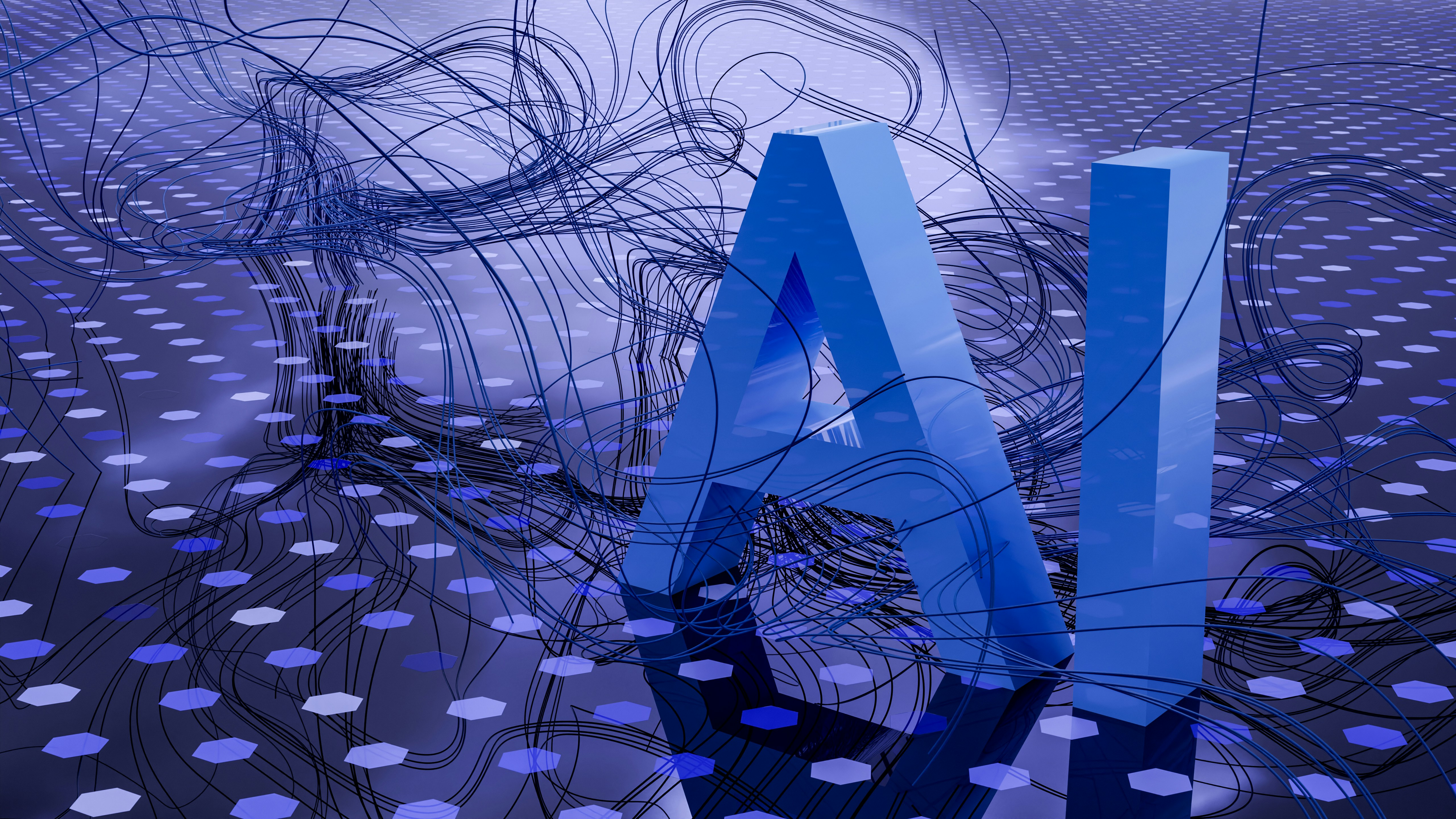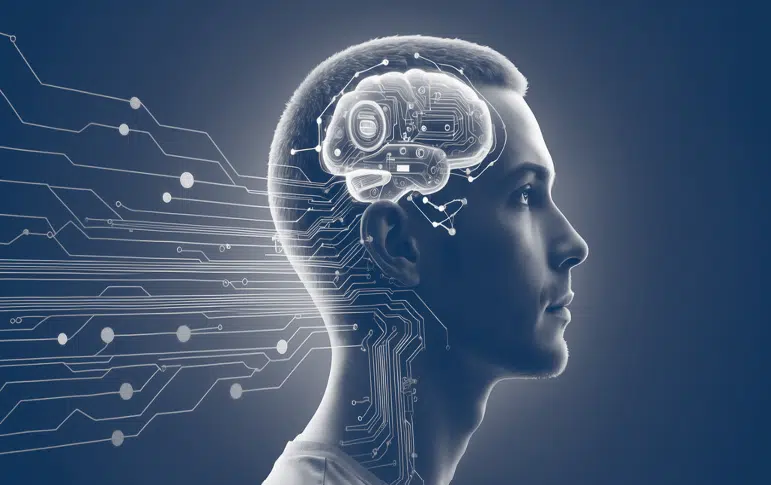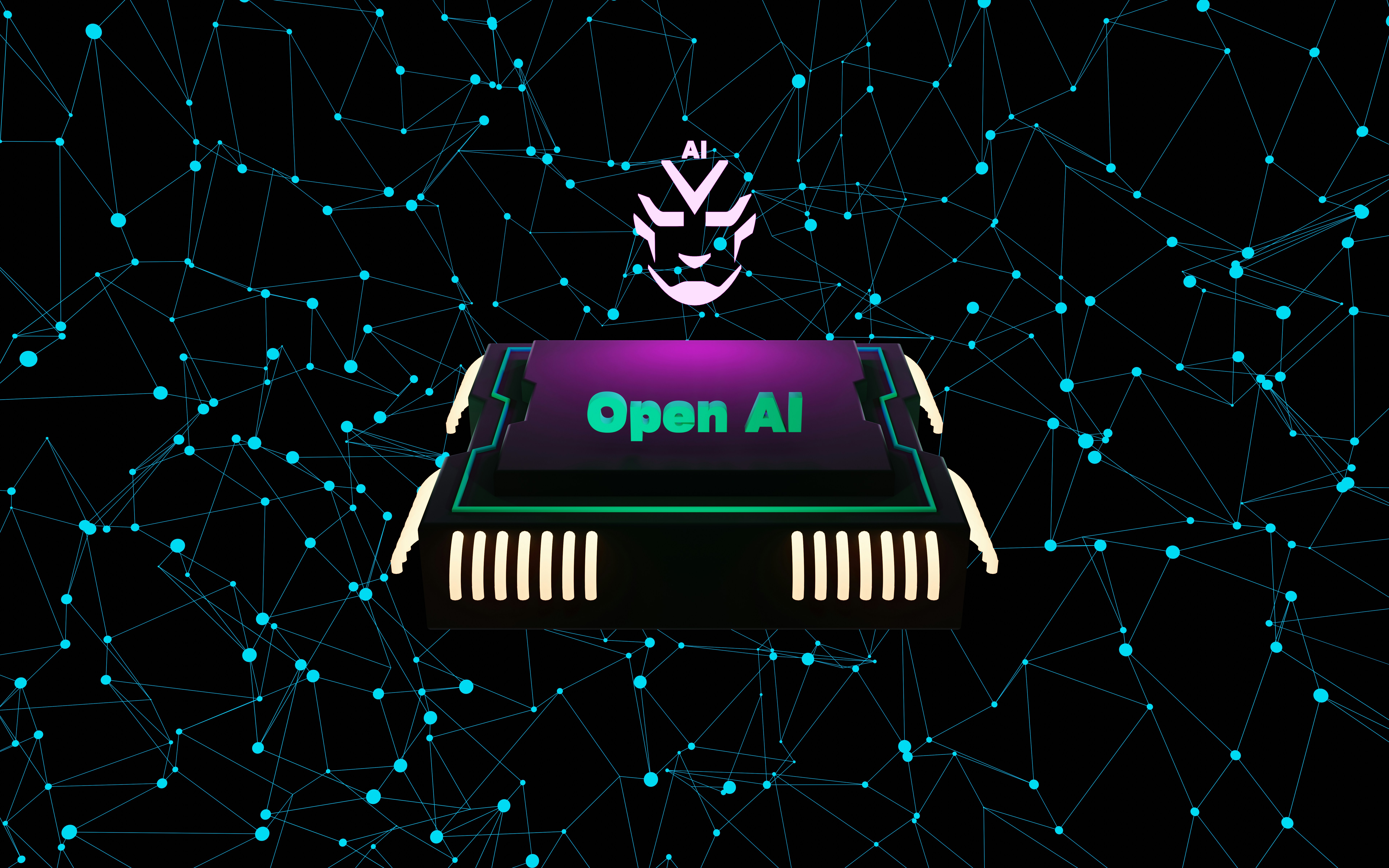Harnessing AI for Revolutionary Personalized Learning in Education

Introduction
Education is evolving faster than ever — and Artificial Intelligence (AI) is at the heart of this transformation.
Gone are the days when every student had to learn at the same pace, in the same way. With AI, learning can now be personalized, adaptive, and truly student-centered.
From AI tutors to smart analytics, schools and universities worldwide are harnessing the power of AI to redefine what education means.
Let’s explore how AI is revolutionizing personalized learning and shaping a smarter, more inclusive educational future.

1. What Is Personalized Learning?
Personalized learning is an approach that tailors education to each student’s unique needs, abilities, and interests.
Rather than using a “one-size-fits-all” model, personalized learning adapts content, pace, and teaching methods to help every learner succeed.
AI plays a crucial role here by analyzing learning patterns, performance data, and engagement levels to create customized pathways for each student.
In short: AI ensures that students learn in a way that fits them, not the system.
2. How AI Powers Personalized Education
AI-driven platforms use data and algorithms to deliver the right content at the right time.
Here’s how it works:
- Adaptive Learning: AI identifies knowledge gaps and adjusts lessons automatically.
- Real-Time Feedback: Students receive instant performance insights and guidance.
- Smart Recommendations: AI suggests videos, quizzes, or exercises tailored to learning goals.
For example, platforms like Khan Academy, Coursera AI, and Squirrel AI use artificial intelligence to make learning both efficient and engaging.
3. Benefits of AI-Powered Personalized Learning
AI doesn’t just make education smarter — it makes it more human.
Here are the main benefits:
✅ Individualized Learning Pace – Students move forward only when they fully understand a concept.
✅ Improved Engagement – Interactive AI tutors make learning dynamic and fun.
✅ Data-Driven Insights – Educators gain access to detailed analytics on student progress.
✅ Accessibility for All – AI tools can translate text, read aloud, or simplify content for students with different abilities.
AI brings equity, engagement, and excellence to the classroom like never before.
4. AI Tools Revolutionizing Education
Several powerful AI tools are already transforming how students and teachers experience education:
| Tool | Main Use | Highlight |
|---|---|---|
| ChatGPT for Education | Writing & critical thinking | Helps students brainstorm and explain complex ideas |
| Squirrel AI | Adaptive learning | Customizes lessons based on knowledge level |
| Gradescope | Assessment automation | Saves time for educators by grading efficiently |
| Querium | STEM tutoring | Provides step-by-step problem solving in math and science |
These tools make classrooms more efficient, personalized, and inclusive.
5. Empowering Educators with AI
AI isn’t replacing teachers — it’s empowering them.
With AI’s analytical power, educators can identify which students need extra support or which topics require reinforcement.
Teachers can now:
- Focus more on mentoring and creativity
- Use AI analytics to guide teaching decisions
- Save time with automated grading and content creation
AI allows educators to teach smarter, not harder.
6. Challenges and Ethical Considerations
Despite its advantages, AI in education comes with challenges:
- Data Privacy: Schools must ensure student information is secure.
- Bias in Algorithms: AI must be trained on diverse datasets to avoid unfair results.
- Teacher Training: Educators need proper guidance to integrate AI effectively.
By addressing these issues, institutions can make AI an ethical, transparent, and effective ally in education.
7. The Future of AI in Personalized Learning
We’re only at the beginning of AI’s impact on education.
In the near future, we can expect:
- AI mentors that monitor emotional well-being
- Virtual reality (VR) classrooms guided by intelligent systems
- Predictive analytics that help design lifelong learning journeys
The goal is simple: to create a world where every learner receives the education they deserve, guided by AI that understands their unique potential.
Conclusion
Harnessing AI for revolutionary personalized learning is more than just a technological upgrade — it’s a paradigm shift in education.
By blending human empathy with artificial intelligence, we can ensure that learning becomes more adaptive, inclusive, and meaningful than ever before.
AI doesn’t just teach — it empowers. It helps every student unlock their true potential, transforming education from uniformity to individuality.
Frequently Asked Questions (FAQs)
1. How does AI personalize learning for students?
AI analyzes data on each student’s performance, learning speed, and interests to create individualized study paths and recommendations.
2. What are the best AI tools for personalized education?
Some popular tools include Khan Academy AI, Coursera’s AI tutor, Squirrel AI, and Gradescope.
3. Is AI replacing teachers in classrooms?
No. AI assists teachers by automating repetitive tasks and providing insights, allowing educators to focus on creativity and mentorship.
4. How does AI help students with disabilities?
AI offers tools like speech recognition, real-time translation, and adaptive interfaces that make learning accessible to all learners.
5. What challenges come with AI in education?
The main challenges include maintaining data privacy, preventing algorithmic bias, and ensuring educators are properly trained to use AI responsibly.



